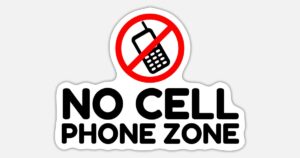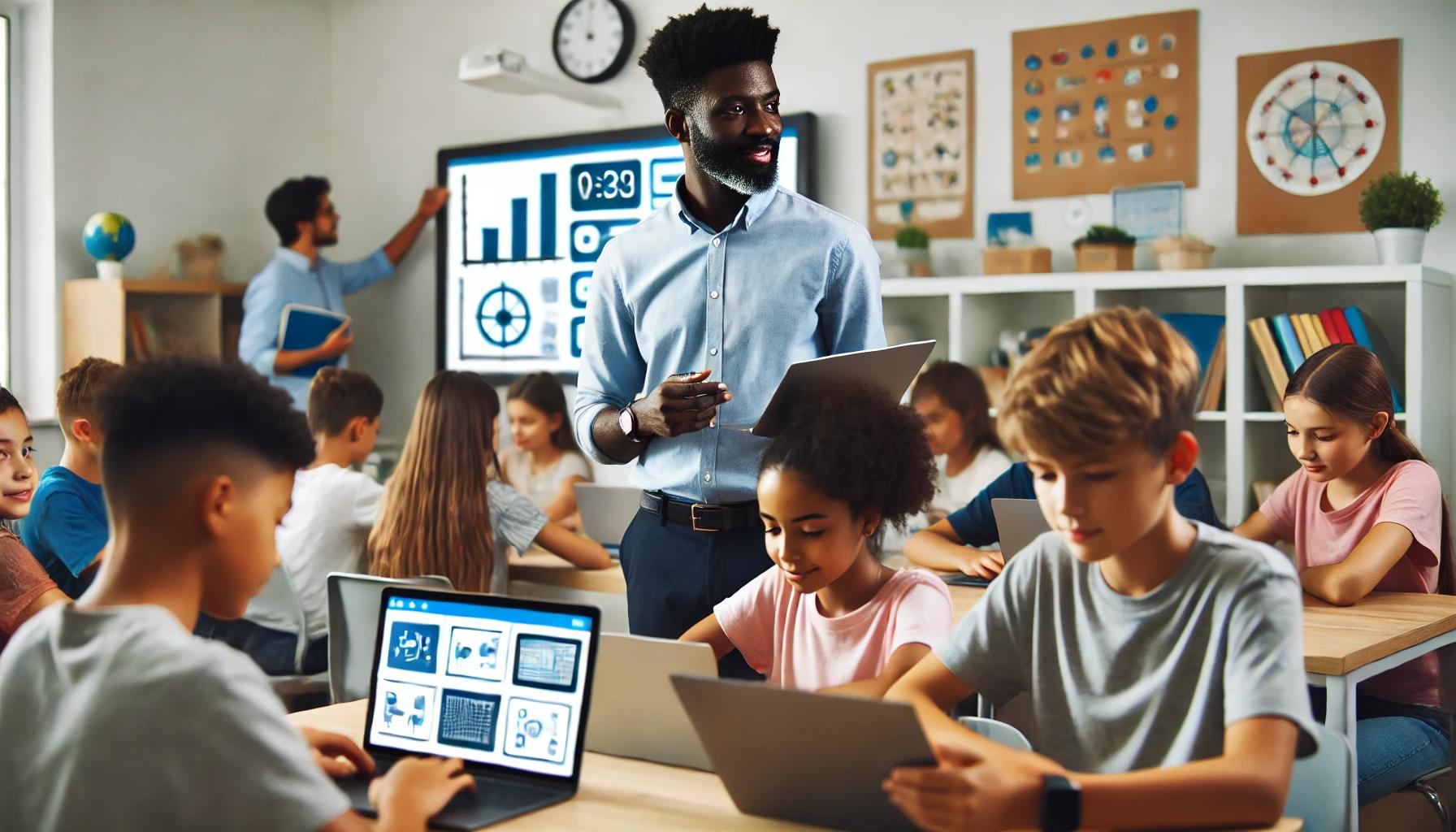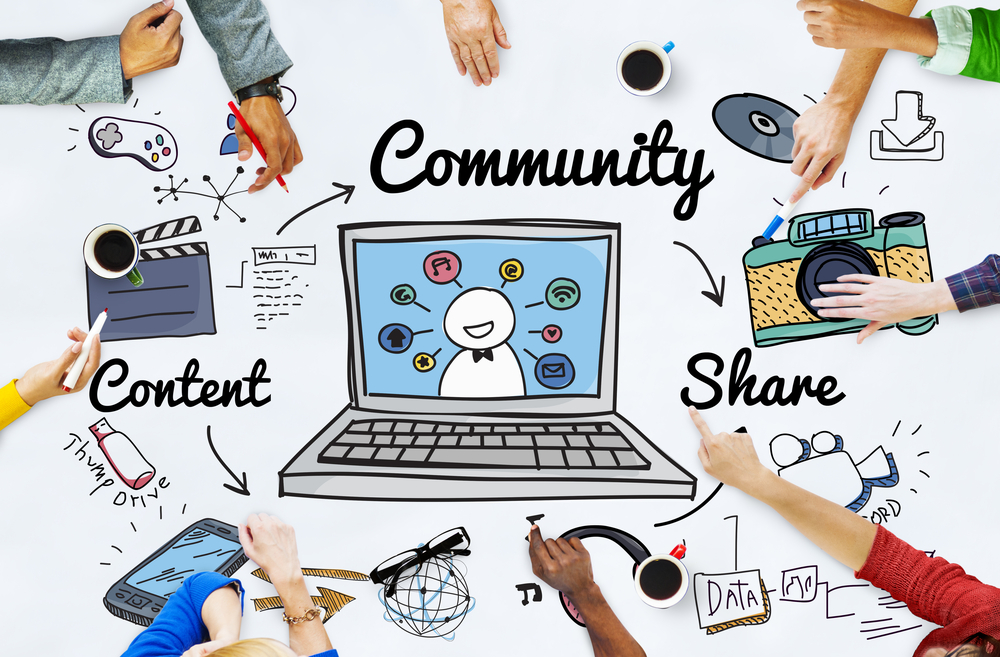Summary of Learning
Today, I am excited to share my learning journey in the EC&I 830 course. This course has been a transformative experience, allowing me to delve even deeper into the intersection of technology and education. Through various debates, assessments, and reflections, I have gained valuable insights I am eager to share.
View my Summary of Learning here:
https://drive.google.com/file/d/1NEYMtTrCBkOiwMqiOyKvU9NzJtAp4rxe/view?usp=drive_link
Engagement with Technology in Education
Throughout the course, we critically examined the role of technology in education and its impact on the classroom environment. One significant theme was the digital divide and its impact on equitable access to educational resources. Reflecting on the blog post titled Bridging the Digital Divide: Reflections on an Equitable Technology Debate, I realized the importance of addressing not just the availability of devices but also reliable internet access and digital literacy training. In my classroom, I plan to advocate for programs that provide devices to students who lack them and to work closely with community organizations to ensure students can access reliable internet. Additionally, incorporating digital literacy into the curriculum will help students navigate and utilize technology effectively and responsibly.
A crucial aspect of engaging with technology in the classroom is ensuring that students have access to the tools and understand how to use them properly. As a teacher, I must teach the proper use and full potential of each educational technology I integrate into my lessons. This includes providing clear instructions, offering hands-on training sessions, and continuously supporting students as they become proficient users of these technologies. By doing so, I can help students maximize the benefits of educational technology and enhance their learning experiences.
The debates on the impact of technology in the classroom were particularly enlightening. Drawing insights from The Great Debate on Technology in the Classroom, it became clear that while technology can enhance learning, it requires careful planning and professional development for effective integration. For example, interactive whiteboards and educational apps can make lessons more engaging and interactive. However, technology should support pedagogical goals rather than distract or disengage students. Therefore, I plan to integrate technology to complement my teaching objectives, such as using digital tools for collaborative projects, simulations, and virtual field trips that enhance the curriculum content.
Artificial Intelligence and Ethical Considerations
Another crucial topic was the integration of artificial intelligence in education. In the blog post AI in Education: Revolutionizing Learning or Risking the Future?, I explored the potential of AI to personalize learning and automate tasks. AI-driven tools can provide personalized learning experiences by adapting to individual student needs and offering real-time feedback, significantly enhancing learning outcomes. For example, I can tailor lessons to fit each student’s pace and learning style using AI-powered platforms like adaptive learning software. However, this potential comes with ethical concerns, such as data privacy, the risk of algorithmic bias, and the need for transparency in AI decision-making processes.
To address these, I will ensure that any AI tools used in my classroom comply with privacy laws and ethical standards, and I will educate my students about the implications of AI in their learning. Additionally, I will emphasize that AI is meant to be used as a tool to guide learning, not as a shortcut to avoid learning. Teaching my students to use these tools properly will help set them on an ethical path, ensuring they understand the importance of using technology responsibly and effectively to enhance their educational journey.
Cell Phones in Education
The impact of cell phones in the classroom was another significant area of exploration. In the blog post The Impact of Cell Phones in the Classroom, I reflected on how cell phones can be both a valuable educational tool and a source of distraction. The key takeaway was the importance of developing clear policies and strategies to manage cell phone use, ensuring they contribute positively to the learning environment. For instance, implementing a ‘bring your own device’ (BYOD) policy can allow students to use their phones for educational purposes such as research, collaboration on group projects, and accessing digital textbooks. However, setting boundaries and establishing guidelines to minimize distractions is crucial, such as designating specific times for cell phone use and encouraging responsible digital citizenship.
I am against banning phones in classrooms because they can offer significant educational benefits. However, I understand that each teacher and their classroom management techniques are responsible for cellphone usage. It is up to teachers to create an environment where cell phones are used productively and where students are taught to use them responsibly.
Overall Reflections
Reflecting on the entire EC&I 830 course, I noted how the course challenged us to think critically about the role of technology in education. It pushed us to consider ethical implications, equity issues, and the long-term impact of our technological choices. The debates and assessments fostered a deeper understanding of the benefits and challenges of integrating technology into our teaching practices. For instance, the debate on the digital divide highlighted the disparities in access. It motivated me to seek innovative solutions, such as partnering with local businesses to provide resources and creating after-school programs focused on digital skills.
It is essential to continue learning about the depths of educational technology and the surrounding context to stay updated with the ever-evolving digital world. This ongoing learning will better equip me to support my students and adapt to new challenges and opportunities.
Conclusion
In conclusion, the EC&I 830 course has been an eye-opener, providing me with valuable insights into the complexities of technology in education. It has equipped me with the knowledge and skills to navigate the digital landscape thoughtfully and responsibly. My biggest takeaway has been the realization that technology, when used thoughtfully and ethically, has the power to transform education and bridge gaps. As I move forward, I am committed to advocating for equitable access to technology, critically assessing new tools, and ensuring that our use of technology always aligns with our educational goals and values. This journey has deepened my understanding and reinforced my commitment to being a reflective and adaptive educator who leverages technology to enhance learning while addressing its challenges head-on.
Thank you for listening. I look forward to continuing this journey of learning and growth with you.
“Keep pushing the limits when it comes to learning more about technology in the classroom. Start the conversations and keep them going. Challenge others’ perspectives and allow them to challenge yours. This is the work that matters for navigating the digital world.” – Ally













